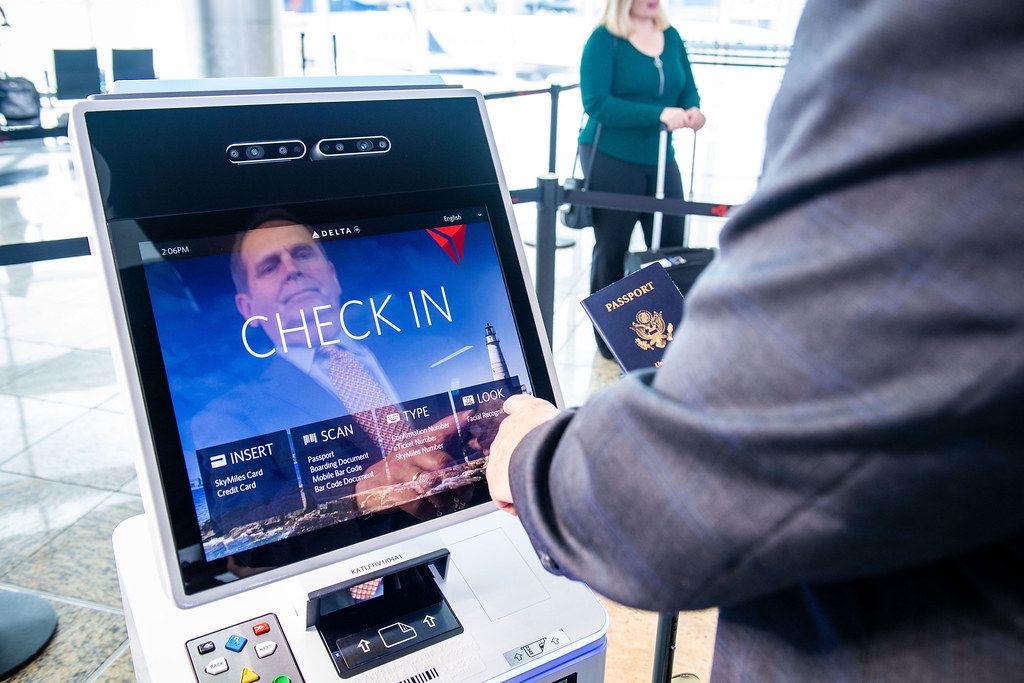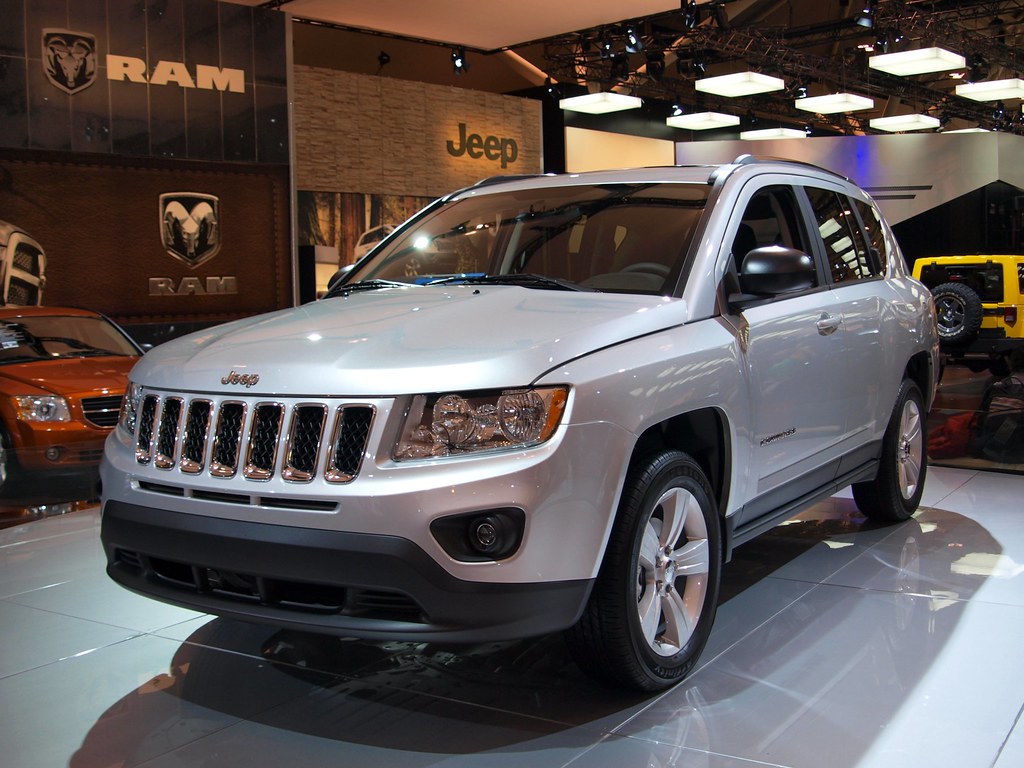
Your car’s brakes are a crucial safety system, and any unusual noises coming from them can be cause for concern. One common complaint that resonates with nearly every driver is the dreaded squeak. While squeaky brakes aren’t always a serious issue, they can be annoying and, more importantly, a sign of potential problems down the road that demand your attention.
Understanding why your brakes squeak is the first step toward silencing them. Much like a finely tuned instrument, your brake system — comprising pads, rotors, and calipers — operates through a delicate balance of friction and movement. When something disrupts this harmony, whether it’s wear, debris, or a minor misalignment, a high-pitched complaint can emerge. This isn’t just about peace and quiet; it’s about maintaining peak stopping power and ensuring your safety on every journey.
In this comprehensive guide, we’ll delve into the most common reasons your car’s brakes might be squeaking, offering clear explanations and actionable advice rooted in the principles of automotive mechanics. We’ll break down the complexities into understandable insights, empowering you to diagnose the problem and approach potential fixes with confidence. Prepare to transform that irritating symphony of squeals into the quiet confidence of a well-maintained braking system.

1. Worn Brake Pads
One of the most frequent and easily identifiable reasons for squeaking brakes is simply worn brake pads. These essential components are designed to wear down over time as they create friction with the rotors to slow your car. However, they aren’t meant to wear indefinitely. As the friction material diminishes, a crucial warning mechanism kicks into action: a small metal tab, often referred to as a wear indicator, is built into the pad specifically for this purpose.
When the brake pad material wears down to a certain level, this metal tab makes contact with the rotor. This contact generates a distinct, high-pitched squeaking sound, acting as an audible alert that it’s time for a replacement. The sound from this wear indicator is often described as a “ripping-sheet-metal noise,” which distinguishes it from a softer, harmless squeak. Ignoring this signal is perilous, as letting the pads wear completely away will lead to metal-on-metal contact, where the metal backing plates of your pads try to grip your metal rotors, severely reducing stopping power and causing significant damage to the rotors themselves.
Checking for worn pads is a fundamental step in diagnosing brake noise. If the pads are thinner than a pencil eraser, or certainly less than 1/8 inch, they need immediate replacement. Even at 1/8 to 1/4 inch, it’s wise to plan for replacement soon. By replacing worn pads promptly, you not only eliminate the irritating squeak but also prevent more costly repairs to your rotors and maintain your vehicle’s critical braking performance. Quality pads, especially ceramic ones, can also contribute to longer life and quieter operation, offering both performance and peace of mind.
Read more about: Mechanics’ Top Frustrations: 14 Bad Car Habits You Need to Stop Now to Save Money and Your Vehicle’s Life

2. Dust, Debris, or Surface Contamination
Beyond simple wear, external factors such as dust, debris, or other surface contaminants can often be the culprit behind persistent brake squeaking. As brake pads operate, they naturally generate dust and fine particles, which can accumulate on the rotors and other brake components. This buildup, even if not immediately visible, can interfere with the smooth friction needed for quiet braking, leading to an annoying squeal when the brakes are applied.
Furthermore, small foreign objects like mud, tiny rocks, or road grit can get lodged between the brake pads and the rotors. Even a minuscule pebble can cause a high-pitched noise as it is scraped and ground against the rotor surface during braking. This embedded debris creates an irregular friction pattern, resulting in vibrations that translate into audible squeaks. Such contamination is particularly common after driving on unpaved roads, through construction zones, or in adverse weather conditions.
In many cases, resolving this issue can be as straightforward as thoroughly cleaning the brake components. A quick spray with a specialized brake cleaner can effectively dislodge and wash away accumulated dust, mud, or other debris from the rotors and pads. While applying brake cleaner, it’s crucial to avoid getting it on rubber parts of the braking system. Regularly inspecting your wheels for visible debris caught in the brake assembly and performing a routine cleaning can often preempt these types of squeaks, restoring quiet operation to your vehicle’s stopping system.
Read more about: After Extensive Testing: The 15 Best Robot Vacuums That Actually Work for Your Home

3. Moisture and Surface Rust on Rotors
Have you ever noticed your brakes squeaking only during the first few stops of the day, especially after a rainy night or a humid morning? This common phenomenon is typically attributed to moisture and the resulting surface rust on your brake rotors. When your car is parked for an extended period, particularly in damp or humid conditions, condensation or rain can cause a thin film of rust to form on the exposed cast-iron surfaces of the rotors. This is a normal occurrence and usually not a cause for serious concern.
When you first apply the brakes after your car has been sitting, the brake pads scrape off this superficial layer of rust. This process creates a temporary, often hissing or grinding noise, which can be perceived as a squeak. The sound typically disappears after a few moments of driving and a couple of brake applications as the brakes heat up and the friction material effectively cleans and dries the rotor surfaces. It’s the pads sweeping off that thin film of rust that causes the initial noise, and once it’s gone, the squeak should cease.
While this type of morning squeak is usually self-resolving, it highlights the influence of environmental factors on brake performance. If, however, the squeaking is persistent and doesn’t dissipate after a few moments of driving, it might indicate a more severe issue than just surface rust. In such cases, or if your rotors develop severe rust beyond a thin film, they may need to be resurfaced or even replaced. Regular driving generally prevents severe rust buildup, but understanding this temporary noise can save you unnecessary worry.
Read more about: Mechanics’ Top Frustrations: 14 Bad Car Habits You Need to Stop Now to Save Money and Your Vehicle’s Life

4. Glazed Pads or Rotors
Your braking style plays a surprisingly significant role in how quietly your brakes operate. One common issue stemming from aggressive or improper braking is the glazing of pads or rotors. Glazing occurs when excessive heat builds up within the brake system, often due to frequent hard braking, aggressive driving habits, or towing heavy loads. This intense heat causes the surface of the brake pads or rotors to harden and become unusually smooth, almost glass-like, which significantly reduces the friction coefficient between the two components.
When pads or rotors are glazed, their ability to grip effectively is compromised, leading to a noticeable squeaking or even squealing noise. This isn’t just an auditory annoyance; it’s a performance issue. Glazing reduces the overall braking performance and can result in longer stopping distances, posing a significant safety hazard. The hardened surface means the pads can’t bite into the rotor as intended, creating vibrations and noise rather than smooth, effective deceleration.
To address glazed pads or rotors, the solution often involves resurfacing or replacing the affected components. Resurfacing grinds down the hardened layer to expose fresh, unglazed material, while replacement is necessary if the glazing is severe or if the components are too worn. Beyond these mechanical fixes, adopting a smoother braking style is crucial for prevention. Anticipate stops, brake gradually, and avoid excessive heat buildup. Products like CRC De-Squeak™ Brake Conditioning Treatment can also be applied to fill imperfections and help prevent future squeaks by restoring proper friction characteristics to the braking surfaces.
Read more about: Auto Guru’s Ultimate Guide: Smart Hacks to Silence Squeaky Brakes – No Special Tools Required!
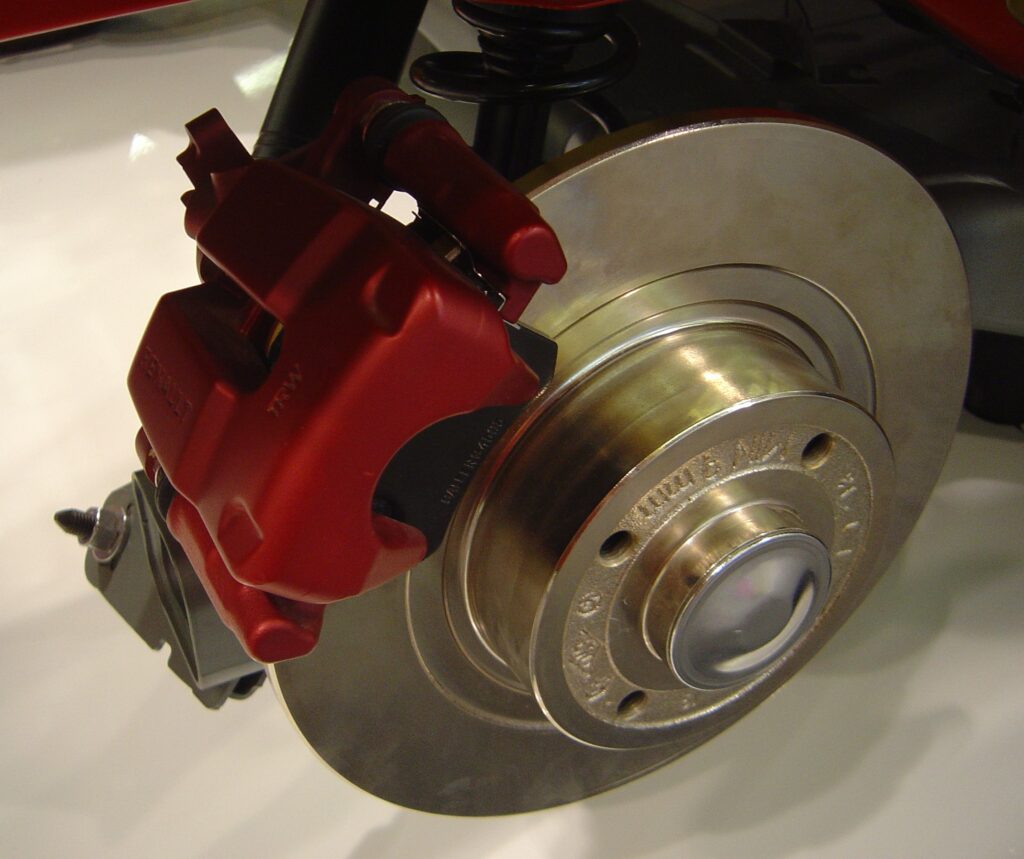
5. Low-Quality or Incompatible Brake Pads
The materials used in your brake pads have a direct impact on their performance, longevity, and, notably, their propensity to squeak. Not all brake pads are created equal, and the market offers a wide range of types—from organic and semi-metallic to ceramic—each with distinct characteristics. Low-cost or poor-quality brake pads are a frequent source of persistent squeaking, even when they are brand new, leading many to wonder why their “new brakes are squeaking.”
Cheap brake pads often contain higher amounts of metallic content or are manufactured with inferior materials. While metallic pads can offer excellent stopping power, their composition can make them more prone to noise and generate more brake dust. The metal particles within the friction material can create higher-frequency vibrations against the rotor, resulting in that annoying squeal. In contrast, organic pads tend to be very quiet but wear out faster, while ceramic pads are known for being exceptionally quiet and durable, though they come at a higher cost.
If you’re experiencing persistent squeaking despite your pads being relatively new or properly installed, the type and quality of the pads themselves might be the issue. Investing in higher-quality pads, such as ceramic-based options or OEM (Original Equipment Manufacturer) replacements, can make a significant difference. These pads are designed to minimize noise, offer improved overall braking performance, and often last longer than their cheaper counterparts. Discussing different brake pad options with a mechanic can help you choose the best fit for your vehicle and driving habits, effectively silencing your brakes and enhancing your driving experience.
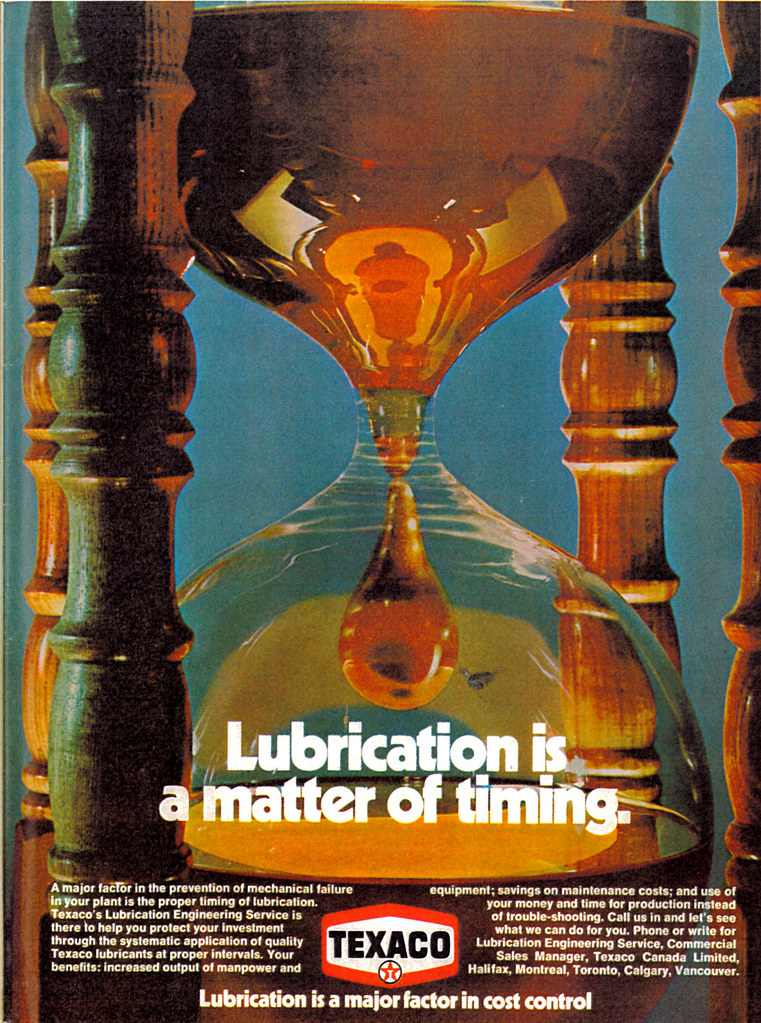
6. Lack of Lubrication
Your car’s brake system, a marvel of mechanical engineering, relies on more than just friction to work silently and effectively. Just like any intricate machine, many of its moving parts require proper lubrication to prevent friction and ensure smooth operation. When crucial components aren’t adequately greased, they can bind, stick, or vibrate against each other, translating into an irritating squeak that demands attention.
One common area where lubrication is vital is around the caliper slide pins and contact points. These pins allow the caliper to move freely as the brake pads engage and release the rotor. If they become dry or corroded, the caliper can stick, causing uneven pad wear, reduced braking efficiency, and, inevitably, noise. Applying a thin film of high-temperature brake grease to these sliding surfaces is paramount for quiet, consistent performance. The context mentions applying “CRC Disc Brake Quiet onto the back of the brake pads to prevent harmonic squeaking caused by the brake pad vibrating against the caliper,” which is an excellent specific product example of dampening vibration.
Furthermore, for vehicles equipped with drum brakes, the moving parts within the drum assembly also require regular lubrication. Without it, components like the shoe-to-backing plate contact points can rub metal-on-metal, generating a persistent squeak or even a grinding sound. A qualified mechanic can expertly disassemble these components and apply the appropriate lubricant to the specified points, restoring quiet operation to your rear brakes.
It’s crucial to use only high-temperature, brake-specific lubricant for these applications, and to meticulously avoid getting any grease on the actual friction surfaces of the brake pads or rotors. Contaminating these surfaces would severely compromise braking effectiveness, creating a dangerous situation. Proper lubrication not only silences annoying noises but also extends the life of your brake components by minimizing premature wear and corrosion.
By ensuring all necessary moving parts are well-lubricated during routine maintenance, you proactively prevent a significant source of brake noise. This simple yet essential step is often overlooked, but it plays a powerful role in maintaining the integrity and quiet efficiency of your entire braking system, safeguarding both your peace of mind and your vehicle’s performance.
Read more about: Watch Out: 12 Compact Cars Prone to Major Engine Issues Before 80,000 Miles – A Consumer Guide
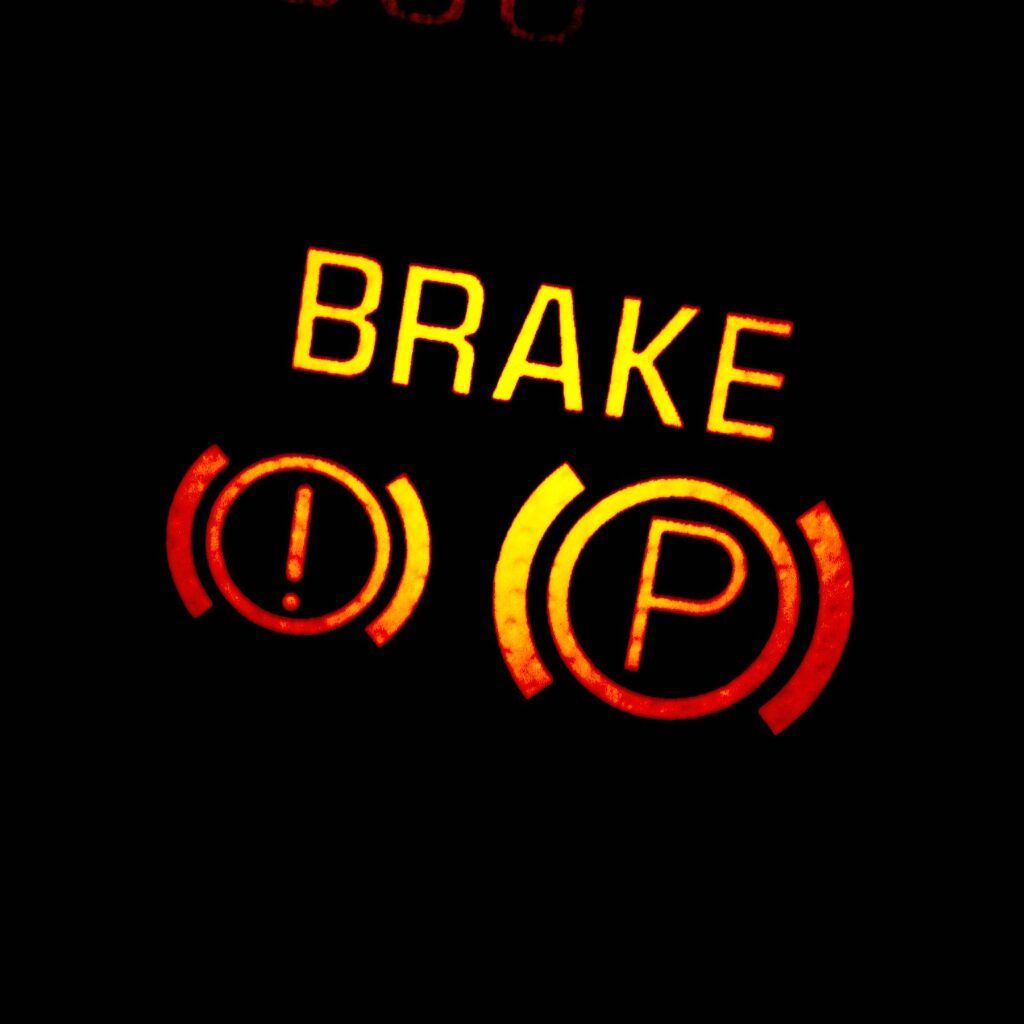
7. Improper Installation of Brake Components
Sometimes, the culprit behind persistent brake squealing isn’t wear or contamination, but rather the human element: improper installation. Even with brand-new, high-quality brake pads and rotors, if the components aren’t assembled with precision and care, your brakes can still complain loudly. This issue is particularly frustrating as it often arises shortly after a brake service, leaving drivers to wonder why their “new brakes are squeaking.”
One of the most common errors is the incorrect seating of brake pads or the omission of crucial anti-rattle hardware. Brake pads need to sit perfectly flush against the caliper piston and mounting bracket. If they are misaligned, or if shims—those thin plates designed to dampen vibrations—are missing, improperly installed, or worn out, the pads can vibrate against the caliper, producing a distinct high-pitched squeal. The context explicitly states, “Missing or improperly installed shims, or dry caliper pins, can cause vibration and noise,” highlighting this critical detail.
Beyond the pads themselves, other hardware components like caliper guide pins, retaining clips, and springs must be installed correctly and with appropriate lubrication. If these parts are loose, bent, or seized due to corrosion, they cannot perform their function of keeping the brake components stable and free-moving. This instability creates unwanted movement and resonance within the system, leading directly to noise. Properly torqued caliper bolts are also essential to ensure the entire assembly is secure and won’t flex or vibrate under braking force.
If you’ve recently had your brakes serviced and notice immediate squeaking, it’s not a sign to ignore. A qualified mechanic should re-inspect the entire assembly, ensuring every component is correctly seated, lubricated, and torqued to manufacturer specifications. This meticulous attention to detail during installation is a cornerstone of quiet, reliable braking.
Taking the time to ensure proper installation, or entrusting the job to a professional who understands these nuances, is a vital step in preventing squeaky brakes. It underscores the fact that even the best parts won’t perform optimally if they’re not put together precisely. This attention to detail eliminates a significant source of noise and ensures your braking system functions exactly as it’s designed to: smoothly and silently.
Read more about: Beyond the Shiny Exteriors: Uncovering the Auto Industry’s Darkest Secrets and Corporate Scandals

8. Rusted Rotors (Beyond Surface Rust)
While a thin film of surface rust on your rotors is a common, temporary occurrence after a rainy night, and usually dissipates after a few brake applications, sometimes the problem runs much deeper. Persistent, severe rust on your brake rotors can be a significant cause of enduring squeaking and even grinding noises, demanding more than just a few gentle stops to resolve. This isn’t just cosmetic; it impacts the rotor’s integrity and its ability to provide a smooth friction surface for the pads.
Rotors, typically made of cast iron, are susceptible to rust, especially in environments with high humidity, salty road conditions, or if the vehicle sits unused for extended periods. When rust penetrates beyond the superficial layer, it can lead to pitting, uneven surfaces, and even warping. This irregular texture prevents the brake pads from making full, consistent contact with the rotor, causing vibrations that manifest as loud squeaks or even a rough grinding sensation. Such deep-seated rust won’t simply wear off; it becomes a permanent impediment to quiet braking.
The symptoms of severely rusted rotors are usually quite clear. Unlike the fleeting morning squeak, this noise will likely persist for longer periods, if not continuously, during braking. You might also visually inspect your rotors and notice significant discolored patches, deep grooves, or an overall rough, uneven appearance, rather than the smooth, polished surface required for optimal friction. In some cases, you might even feel pulsations through the brake pedal, signaling a warped rotor.
Addressing severely rusted rotors typically involves either resurfacing or replacement. If the rust and pitting are minor and haven’t compromised the rotor’s minimum thickness, a mechanic can machine (resurface) the rotor to create a fresh, smooth braking surface. However, if the rust is extensive, or if the rotor is too thin to be safely resurfaced, replacement is the only viable option. Ignoring this issue not only perpetuates the annoying noise but also compromises braking effectiveness and can accelerate wear on new pads.
Therefore, distinguishing between benign surface rust and problematic deep-seated rust is crucial for effective diagnosis and repair. Regular inspection of your rotors for signs of advanced corrosion, especially if you live in a challenging climate or your vehicle is frequently parked for extended durations, can help you address this issue proactively, ensuring both quiet operation and critical safety on the road.

9. Embedded Debris
While we touched upon general dust and contaminants in an earlier point, there’s a specific and often vexing source of brake noise: embedded debris. This refers to larger foreign objects that get firmly lodged between your brake pads and rotors, creating a very distinct and persistent noise that often feels more like a grind or a sharp, high-pitched scrape rather than a general squeak. This isn’t just loose dust; it’s something physically caught in the working mechanism.
Imagine driving on a gravel road, through a construction zone, or even just encountering a small pebble that happens to kick up into your wheel well. It’s surprisingly easy for a tiny stone, a shard of metal, or other road grit to become wedged in the tight space between the brake pad and the spinning rotor. Once trapped, this foreign object acts like a mini-grinding tool, constantly abrading the rotor surface and the pad as you brake, generating an unmistakable and highly irritating noise. The context directly mentions this: “Sometimes a small piece of debris like a pebble gets lodged between the pad and rotor and creates a high-pitched noise until it’s dislodged or removed.”
The symptoms of embedded debris can vary but are typically quite noticeable. You might hear an intermittent squeal or grind that changes with vehicle speed or braking pressure. Unlike a worn pad indicator, which is a consistent high-pitched squeak, this noise can be more irregular, sharp, and potentially even feel rough through the brake pedal. It can feel like something is literally scraping inside the wheel.
The fix for embedded debris is often straightforward, though it requires removing the wheel for inspection. Once the wheel is off, you can visually examine the brake assembly, particularly the space between the pad and rotor, to locate the offending object. Sometimes, it can be carefully pried out. A powerful burst of specialized brake cleaner, such as “CRC Brākleen® Brake Parts Cleaner,” as suggested in the context, can also be highly effective at dislodging and washing away stubborn debris, thoroughly cleaning the surfaces and restoring quiet operation.
Therefore, if you experience a sudden, sharp, or grinding brake noise that seems to have appeared after driving over loose terrain, it’s worth suspecting embedded debris. A quick but thorough inspection and cleaning can often resolve this particular headache, saving you from a prolonged and annoying symphony of scrapes and squeals.
Read more about: After Extensive Testing: The 15 Best Robot Vacuums That Actually Work for Your Home
10.*When to Seek Professional Help (Advanced Diagnostics)
While many brake squeaks can be diagnosed and resolved with DIY efforts and a good understanding of the common causes, there comes a point when a persistent or escalating noise signals the need for professional intervention. Knowing when to put away your tools and call a qualified mechanic is crucial for both your vehicle’s health and, more importantly, your safety on the road. Your braking system is far too vital to gamble with.
One of the most critical red flags is when a squeak transforms into a grinding noise. This change in sound is a serious warning sign. As the context emphasizes, “If the sound turns into a grinding noise, it likely means the pads are completely worn down and the metal backing is contacting the rotor—a situation that can lead to costly damage and unsafe driving conditions.” This metal-on-metal contact means your braking performance is severely compromised, and immediate attention is required to prevent catastrophic brake failure and expensive rotor replacement.
Beyond grinding, other symptoms warrant a professional diagnosis. If the squeaking is persistent and doesn’t dissipate after initial driving or simple cleaning attempts, it suggests an underlying issue that DIY fixes aren’t addressing. Any noticeable loss of braking power, a spongy or unusually hard brake pedal, or vibrations and pulling when braking are also serious indicators. These could point to more complex problems like warped rotors, a malfunctioning caliper, or issues within the hydraulic system, which require specialized tools and expertise to properly diagnose and repair.
A professional mechanic has the experience and equipment to perform a thorough inspection that goes beyond what most home mechanics can achieve. They can accurately measure pad thickness, check rotor run-out, assess caliper piston function, inspect brake lines for leaks, and evaluate brake fluid quality. They can identify subtle issues that might be contributing to noise or affecting performance, ensuring a comprehensive solution. The context advises, “If you’re not sure what’s causing the squeaking or you’re uncomfortable working on your brakes yourself, it’s always best to err on the side of caution and take your car to a mechanic.”
Ultimately, investing in timely professional brake diagnostics and repairs is an investment in your safety and the longevity of your vehicle. While empowering yourself with knowledge and attempting simple fixes is commendable, recognizing the limits of DIY and trusting experts for advanced problems ensures that your car’s critical safety system remains in optimal working condition. A quiet, responsive, and reliable braking system is non-negotiable for every journey.
And there you have it – a complete journey from the first whisper of a squeak to understanding the intricate symphony of your car’s braking system. We’ve unraveled the most common mysteries, from worn pads and environmental factors to the nuances of lubrication and proper installation, even knowing when a tiny pebble is the villain. By arming yourself with this knowledge, you’re not just silencing an annoying noise; you’re becoming a more informed, confident car owner. Remember, whether it’s a quick clean-up or a call to your trusted mechanic, proactive care ensures your ride remains safe, smooth, and gloriously quiet. Here’s to many miles of peaceful, confident driving!

